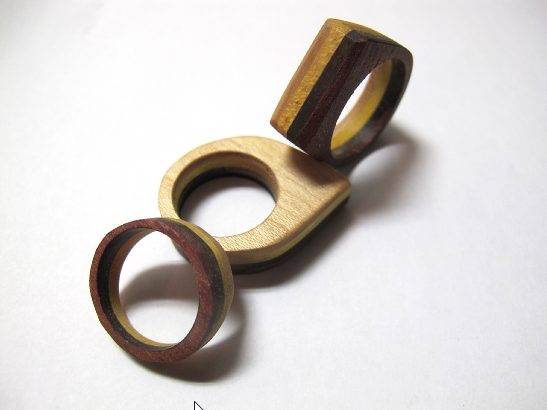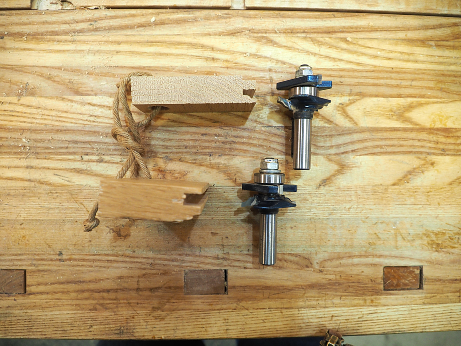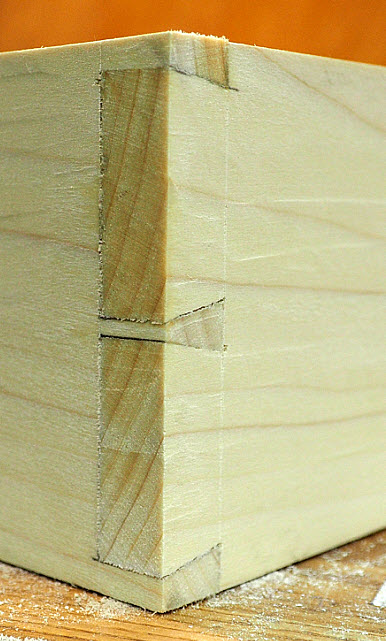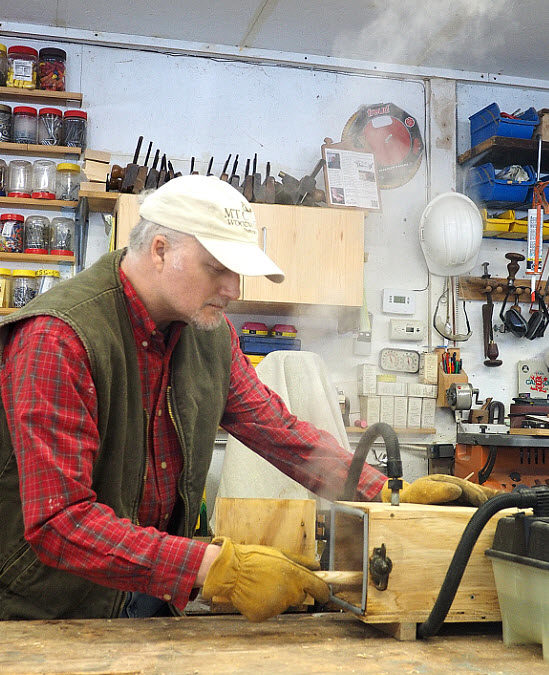
“I want to make a wooden ring for my sister,” were the words of my young ‘Padawan’ Wes, “It’s simple!” he said as he proceeded to explain how we could do it on the lathe. I pointed out that while my turning skills are pretty good when it comes to big stuff like table legs, candle sticks and bowls. Tiny finger rings was a whole different story…

The term cope is probably familiar to you, it’s the term given when cutting crown moulding or skirting board profiles so that one piece perfectly matches the profile of the other intersecting piece. Typically this profile is cut with a coping saw.
Cope and stick construction is a technique used in making panel doors and window frames. Rails and stiles are given a decorative profile, using paired router bits.

As a woodworker and avid ‘upcycler’, I am always loathed to see wood go to waste. So, when a friend said they had some wormy maple they couldn’t use I knew I just had to have it. Instantly I knew I wanted to make something with it that would show off the worm holes to create a beautifully organic effect in the piece.

The use of dovetails can be traced back millennia to the Egyptians and the ancient Chinese, who used dovetails in their furniture. It is one of the strongest methods of joining two boards together at right angles. If the appearance of dovetails in a piece is not important, then the through dovetail can be employed, which is the simplest method to master.

Several years ago a friend of mine approached me saying that he wanted my help to make a shaker rocking chair. After looking through several reference books, it was clear that in order to get the shape needed for the back legs and the splats we were going to have to bend the wood, a technique I wasn’t terribly familiar with.

Who doesn’t like a nice pair of hand crafted wooden salad tongs? These elegant salad tongs are handmade using a bent wood technique that creates a natural spring.






